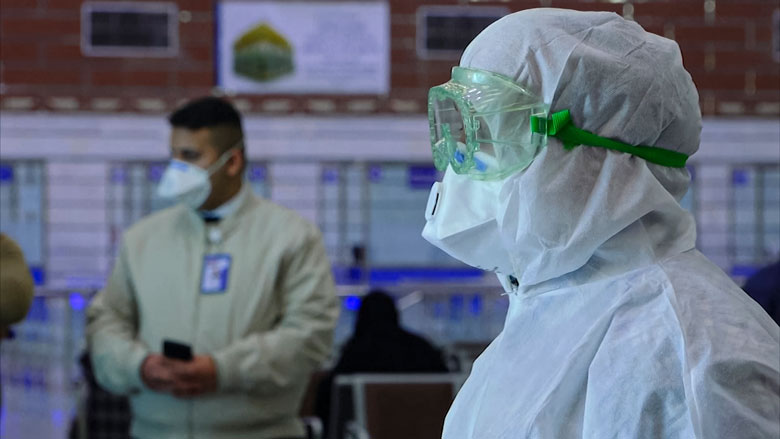Iraq: Iraq: Humanitarian Dashboard for KRI (January to December 2019)
Overview
A significant proportion (43 per cent) of the remaining 1.4 million displaced people in Iraq have historically sought and continue to seek safety in the three governorates (Dohuk, Erbil and Al-Sulaymaniyah) of the Kurdistan Region of Iraq (KRI), both in camps and in out-of-camp settings. This figure largely held steady or slightly declined over 2019, but fluctuated during the last quarter of 2019 as a consequence of unanticipated government-ordered camp consolidations and closures in Ninewa Governorate. Some IDPs who previously lived in Ninewa camps migrated to KRI, either to live in camps or in rented accommodations in urban areas.
There are 18 camps in KRI, and more than 50 informal settlements, primarily in Duhok. An estimated 165,000 IDPs live in KRI’s formal camps; however, the majority of IDPs in KRI live in out-of-camp settings. Of the three governorates, Duhok has the largest overall number of out-of-camp IDPs (190,000), followed by Erbil (170,000) and Al-Sulaymaniyah (120,000). In Duhok, 21,000 IDPs live in informal settlements.
Pressure on the provision of basic services and full access to social safety nets as well as financial, technical and security challenges faced by the local populations continue to frustrate vulnerable people from rebuilding their lives and achieving durable solutions. In many camps, tents are worn out, water and sanitation services need to be increased, access to health and education services needs to be improved and livelihood programmes need to be expanded. Given the protracted nature of displacement in KRI, there is a need to look for longer-term solutions for these camps. In 2019, UN agencies and NGOs targeted 500,000 people for assistance in KRI; 100 organizations provided aid to 450,000 people across all three governorates.


